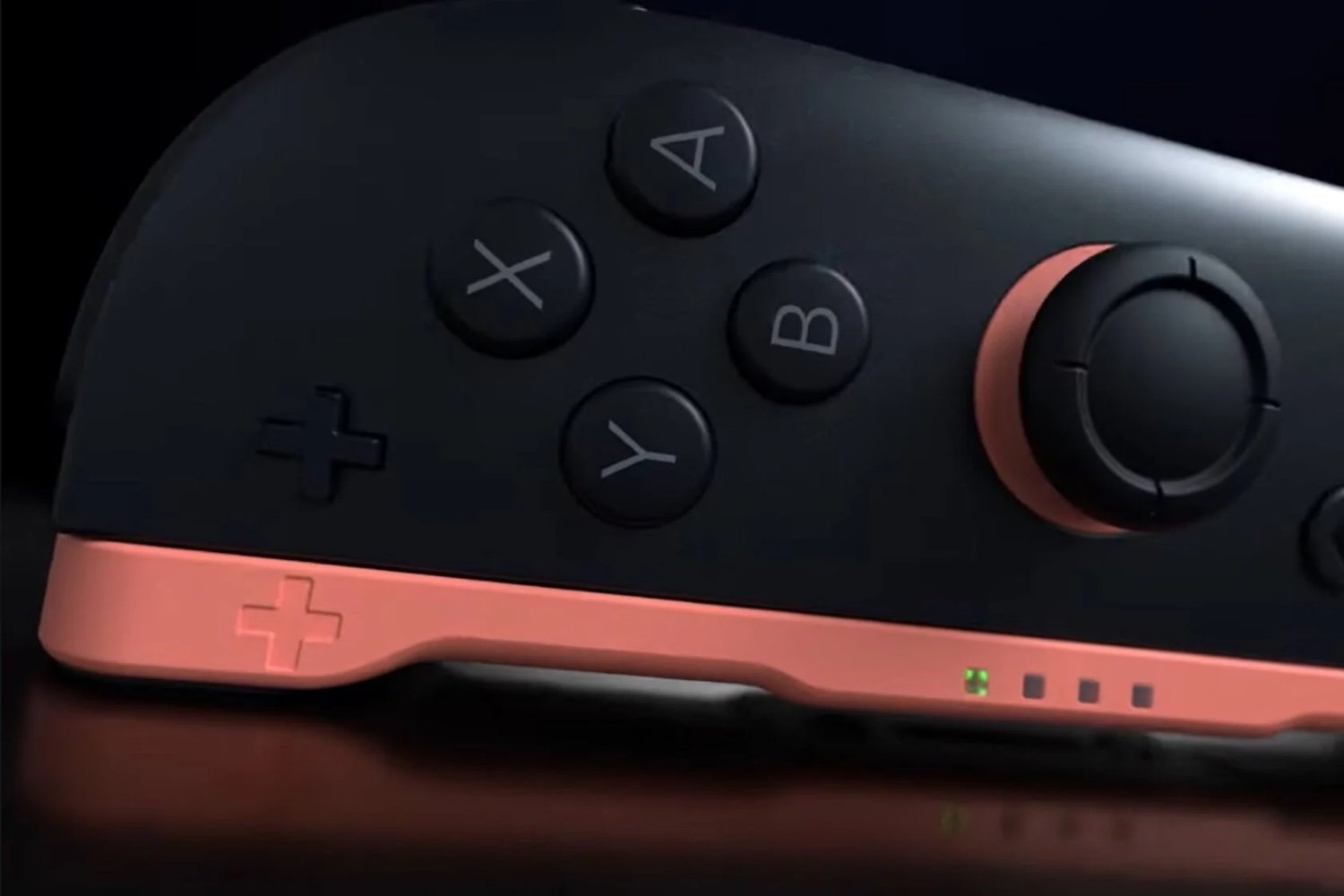Nintendo's Next-Gen Surprise: JoyCons Transform into Precision Mouse Controllers

Nintendo is pushing the boundaries of gaming innovation once again with a fascinating new patent that hints at the potential features of the upcoming Switch 2 controllers. The recently discovered Japanese patent reveals an intriguing new JoyCon design with a built-in sensor capable of mouse-like operation, suggesting a significant leap in controller functionality and user interaction.
This groundbreaking technology could revolutionize how players interact with their gaming systems, offering a more precise and versatile control method. The patent suggests Nintendo is exploring ways to enhance the traditional gaming experience by incorporating mouse-like tracking and movement capabilities directly into the JoyCon controllers.
While details remain limited, the patent sparks excitement among Nintendo enthusiasts about the potential improvements and innovative features that might be coming with the next generation of Nintendo's popular gaming system. As always, Nintendo continues to demonstrate its commitment to pushing the boundaries of gaming technology and user experience.

